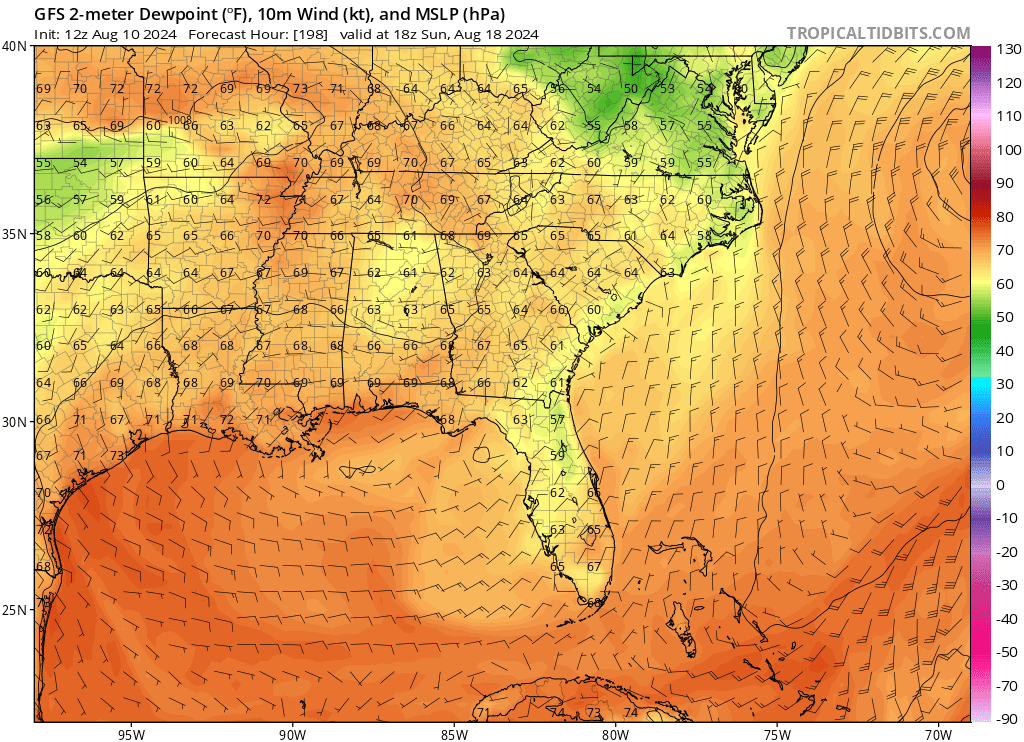jlauderdal wrote:LarryWx wrote:Due to the widespread heavy rains and clouds, Key West buoy water temp dropped from 32.0C 4 days ago to 30.0C now.
We were lucky in SE Florida; the complex was winding up and hit hostile conditions as it moved east through the glades. Miami NWS Employee Sami Hadi presented a simple and effective explainer,follow him and you will learn things. 13.65 over 4 days, no problem at my house with the assistance of a pump in my pool. This morning looks interesting, less than 2 inches of rain will flood today.
https://x.com/SammyHadiWx/status/1801387469599916458
https://www.wpc.ncep.noaa.gov/metwatch/ ... 35&yr=2024
https://threadreaderapp.com/thread/1801 ... 03706.html
———————————
Also from Jeff:
“The linear trend of SLR along the USSEC in 2010–2022 in observations is ~10.8 mm/year, which is 3–4 times larger than that in 1920–2009 ( ~ 2.6 mm/year).’The authors attribute this to climate change, AMOC changes and internal variability in AMOC and NAO’“
——————————————-
More on the accelerated SLR along the SE US:
“The rate of sea level rise (SLR) along the Southeast Coast of the U.S. increased significantly after 2010. While anthropogenic radiative forcing causes an acceleration of global mean SLR, regional changes in the rate of SLR are strongly influenced by internal variability. Here we use observations and climate models to show that the rapid increase in the rate of SLR along the U.S. Southeast Coast after 2010 is due in part to multidecadal buoyancy-driven Atlantic meridional overturning circulation (AMOC) variations, along with heat transport convergence from wind-driven ocean circulation changes. We show that an initialized decadal prediction system can provide skillful regional SLR predictions induced by AMOC variations 5 years in advance, while wind-driven sea level variations are predictable 2 years in advance. Our results suggest that the rate of coastal SLR and its associated flooding risk along the U.S. southeastern seaboard are potentially predictable on multiyear timescales.”
https://www.nature.com/articles/s41612- ... /figures/1
https://www.nature.com/articles/s41612-024-00670-w







